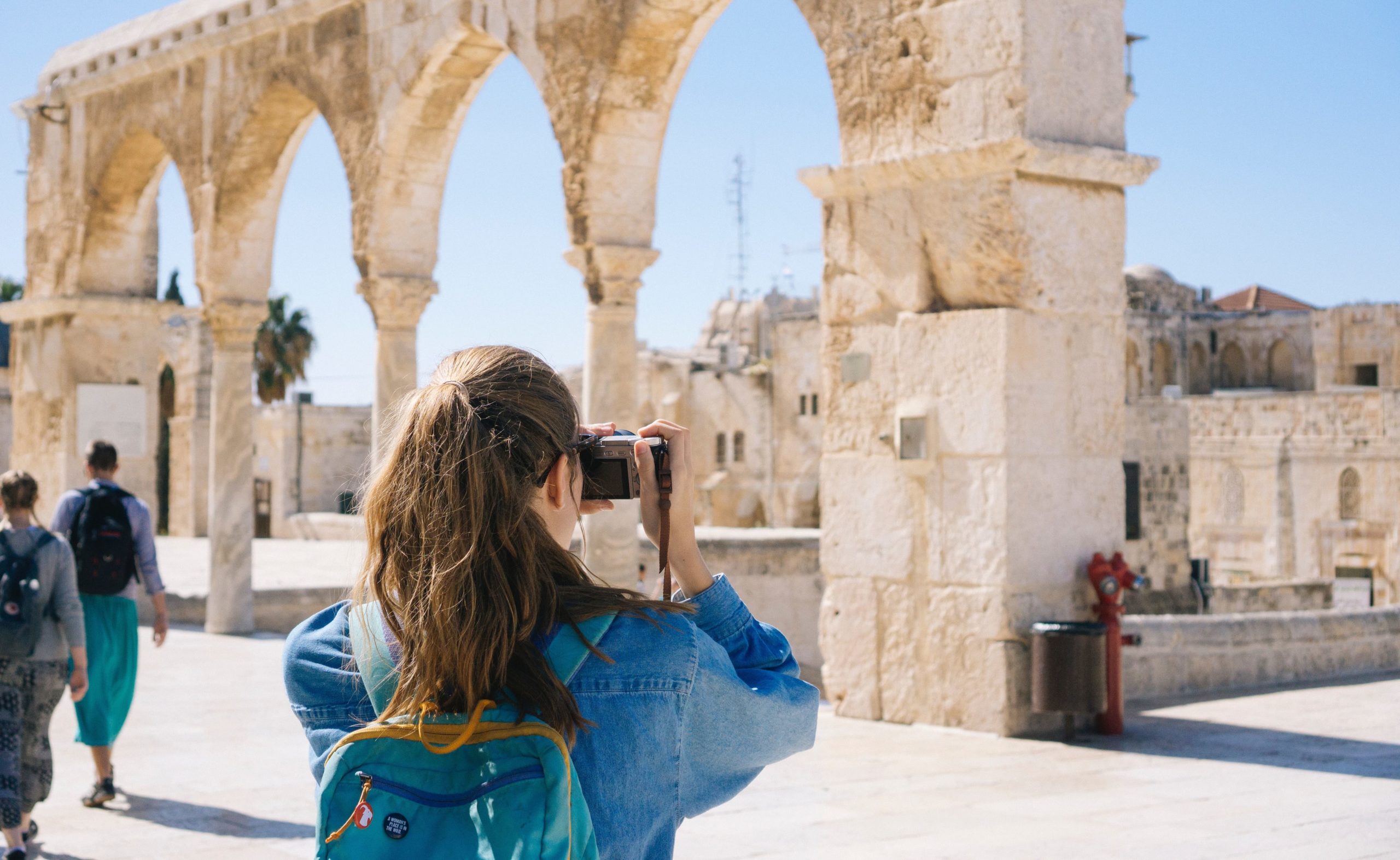The concept of sustainable tourism is becoming more and more relevant worldwide, especially in heavily-visited countries like Spain. Some cities and regions in Spain are going through a process of gentrification that can make life difficult for local residents. Thus, the time has come to rethink the current tourism model. If your business is part of this sector, you will likely be interested in this article.
How can tourism be made sustainable?
To illustrate this concept, let’s look at a few examples of places that receive high levels of tourism year-round, such as natural parks. The biggest challenge that national parks face is conservation. The goal is for people to visit them without negatively impacting the natural ecosystem.
This concept can go even further. If you consider cultural heritage sites like the Cathedral of Santiago, or cities with a huge influx of tourists like Barcelona, you can see how tourism that isn’t controlled in any way affects places on multiple levels. First of all, excessive tourism can damage a city and its cultural heritage monuments. Second, it can negatively affect the lifestyle of the city’s local residents.
Essentially, this is what we mean by creating sustainable tourism. The idea is for a place to continue being a great tourist destination, without damaging the local ecosystem or cultural heritage, or affecting the living conditions of its residents.
What plans are in place to achieve these goals of respect and functionality in tourism?
Outcomes sought by this type of tourism
The very first thing is to understand this key concept: making something sustainable does not mean taking away its economic output. Of course, the idea is for a place to maintain its character and charm while being a tourist destination in which local businesses offer their services to visitors.
These are the objectives with the sustainable tourism model:
- The resulting economic prosperity should stay local. It should be local residents in the area that benefit from tourism, not external or multinational companies. Tourists should eat in local restaurants and spend money in local shops.
- Equity in distribution. In a very crowded tourist destination, the hotel owner likely turns a good profit, but the surrounding residents who suffer through noise every day do not. By ‘equity,’ we mean that there should be some sort of compensation or sharing of the wealth among local residents.
- It should generate acceptable employment. The widespread issue for tourism in Spain is that it does generate employment, but only seasonal, and it’s not always well-paid. A sustainable tourism model aims to reverse this with long-term contracts and livable wages that improve workers’ quality of life.
- Local control. Decisions regarding tourism in an area should be finalized by its residents. At the end of the day, the residents are the most affected by these decisions.
- Community and visitor wellbeing. Finally, tourists should, of course, enjoy their trip— without bothering local residents. This way, both parties benefit from the experience.
Examples of sustainable tourism in Spain
Are experiments like this already being carried out here? Let’s examine a few cases where sustainable tourism has proven to be more than viable.
- Rural tourism in Asturias. This autonomous community is a pioneer in offering sustainable tourism models, at least in its small towns. They offer hikes and hundreds of nature activities guided by local residents.
- Country houses in Valencia. This congested autonomous community has managed to increase the flow of tourists to its small towns in a more sustainable way by using its country houses. This way, tourists can appreciate the area’s beautiful landscapes while reducing crowding in more central areas and bringing employment opportunities to the local population.
- Ecotourism in Malaga. Outside of the capital, there are plenty of areas that attract cyclists, hikers, and nature lovers. They get to have a unique experience in nature while also taking care of the environment.
In short, sustainable tourism is already taking hold in many parts of Spain. This is something that you need to integrate into your business mentality in order to adapt to the new model. Keep in mind that at blarlo, we can help you attract tourists that speak other languages. You just need to get in touch.






